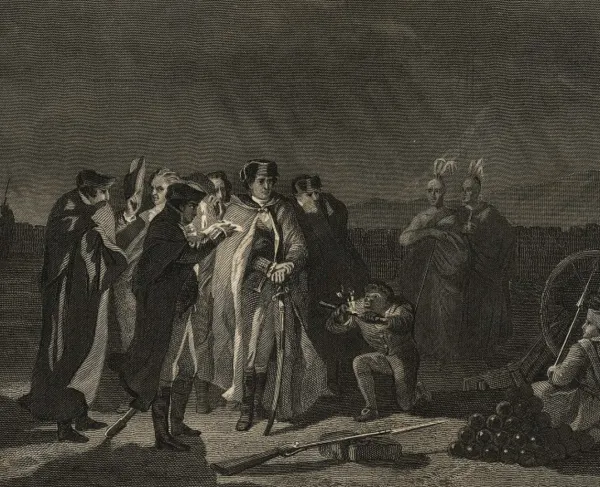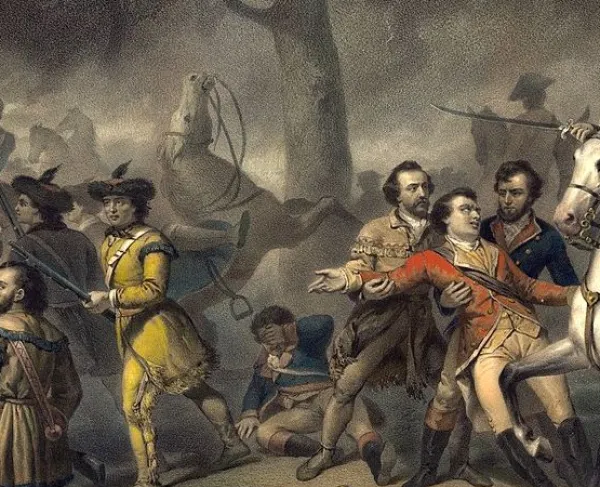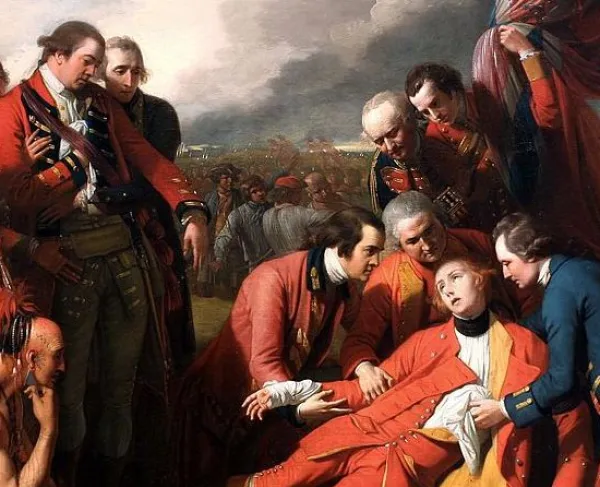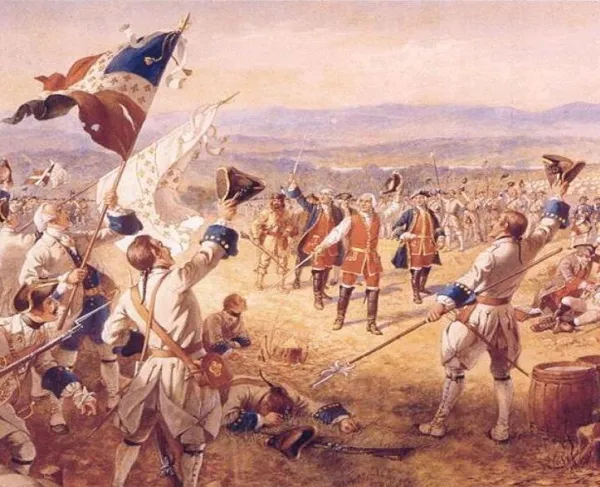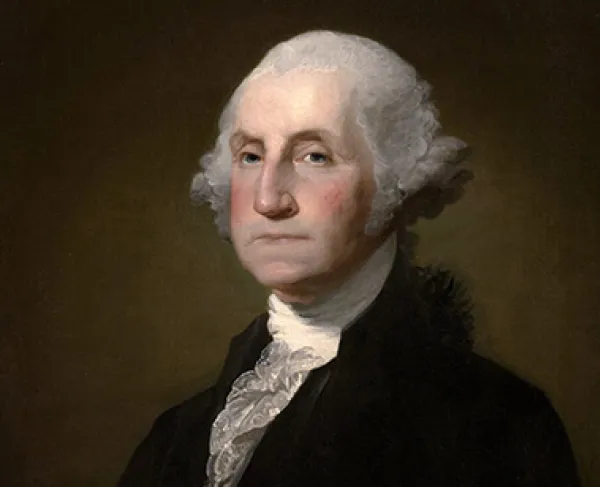
Fort Necessity
Farmington, PA | Jul 3, 1754
After the skirmish at Jumonville Glen, Lt. Colonel George Washington moved his men to Great Meadows, over fifty miles from the Forks of the Ohio. Fearing an attack by a much- larger enemy, the colonials—now reinforced by the rest of the Virginia regiment and a 100- man company of British regulars under the command of Captain James Mackay—built a circular palisaded structure dubbed Fort Necessity. Not only was the compound placed in a geographical depression, but Washington misjudged the distance from the fort to the tree line—a fact that soon benefitted his attackers. Washington’s Indian allies also sensed Washington’s predicament and left. On July 3, a much-larger French force, led by Captain Louis Coulon de Villier, reached Great Meadows. Outraged that the French dead at Jumonville Glen, which included his brother, lay unburied, de Villier immediately ordered an attack.
Washington’s miscalculations were readily apparent as neither the fort nor its shallow trenches (which heavy rains filled with water) provided adequate protection from French bullets. The French hid behind the trees while the canopy of leaves kept their gunpowder dry. The British also suffered from a shortage of ammunition. By nightfall, facing the grim realities of his deteriorating situation, Washington surrendered. The capitulation document he signed proved controversial. Washington did not read French and misunderstood the word “l’assasinat,” which confirmed Ensign Jumonville’s murder. The French used this embarrassing declaration in future propaganda, as Great Britain and France moved closer to open conflict. The day after surrendering, Washington’s command retreated to present-day Cumberland, Maryland, while the French burned Fort Necessity and returned to Fort Duquesne.
Fort Necessity: Featured Resources
Related Battles
400
700
100
3
